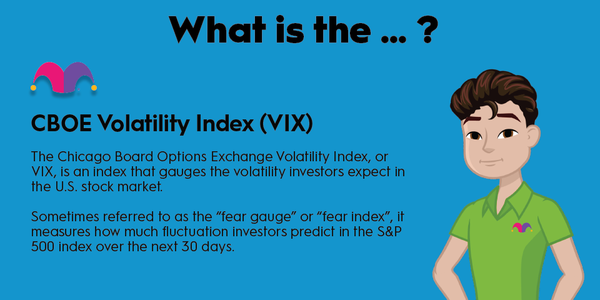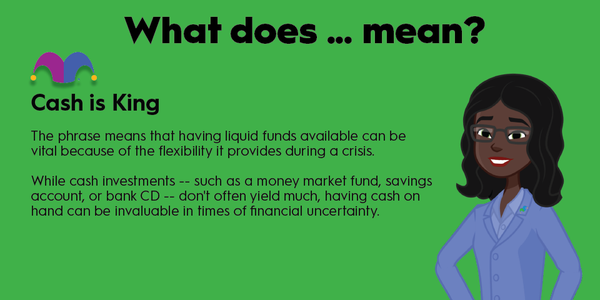Crypto winter can be one of the most unnerving times in a cryptocurrency investor's life. Fortunately, they're not all winters of our discontent, and so far, all crypto winters have come to an end eventually. Read on to learn more about this phenomenon.

Definition
What is a crypto winter?
Cryptocurrency trading first launched with Bitcoin (BTC -2.3%) in early 2009, so everything we know about crypto and its patterns is only about 15 years old at this point. Even so, the phrase "crypto winter" has been developed to describe times when cryptocurrencies and tokens take a huge, across-the-board hit in value.
This is generally due to long-term negative sentiment. The value that cryptos have to shed to be considered in a crypto winter is unclear, but if we follow the rule of thumb for bear markets, it would be about 20%. As time goes on, these benchmarks will be more firmly established with historical data.
Signs it's happening
Signs of a crypto winter
Although crypto is fairly new compared to other serious types of investments, there are a few signs that a crypto winter is happening:
- Decreased institutional interest: Although there are many small traders involved in the world of cryptocurrency, it's understood that there are major institutional investors in this arena, too. When they start to sell their coins or simply show less enthusiasm for common cryptocurrencies like Bitcoin and Ethereum (ETH -0.41%), there may be a crypto winter just around the corner.
- Falling crypto prices: Crypto prices are extremely volatile, so a change in price isn't really too alarming unless crypto prices start to trend downward over a long period of time. The colder the market gets, the more people will dump their holdings or at least stop actively trading, which can cause a freeze.
- Less crypto activity: Less trading activity is generally indicative of a crypto winter. This is a type of investment that trades constantly, around the clock, around the world, and never stops. If you start to notice that prices are changing more slowly or that trade volume is decreasing, it may indicate that crypto holders are bracing for impact or have already decided to put their holdings on ice until things get better. Too much of that, and you'll find a crypto winter begins.
Crypto winter vs. bear market
Crypto winter vs. bear market
Although a crypto winter is a time of extreme value loss for cryptocurrency markets, it's not the same as a bear market. When a crypto winter strikes, it strikes only the crypto markets, causing them to chill and maybe even freeze for a period of time. There's no set definition of a crypto winter, except that many experts say you'll know it when you see it.
As for a bear market, you can expect to see stock prices drop at least 20% from a recent high. Bear markets are part of the regular stock market cycle and have been recorded over so many years that they are easier to understand. They do not cause crypto winters, and crypto winters don't cause them, although external factors can cause both to happen at the same time.
Related investing topics
Causes of a crypto winter
Causes of a crypto winter
We're still trying to really get a good feel for crypto winters and how they work, but it's generally understood that several destabilizing factors can cause crypto markets to tip into winter territory.
Crypto investors are dealing in an all-or-nothing type of investment. If things are bad, they can go really bad really quickly since there are no business assets to sell that can offset investor losses. When investors lose their confidence, they pull their money from crypto markets, causing them to stagnate or deflate considerably.
Things that might cause a lack of confidence in high-stakes investments like crypto would include global political destabilization, like the war in Ukraine, and major global economic downturns, such as the Great Recession.
Remember that crypto -- unlike stock markets -- is a global market that is constantly trading across the planet. This means that local blips may not cause problems, but widespread global issues can freeze the market.































































































